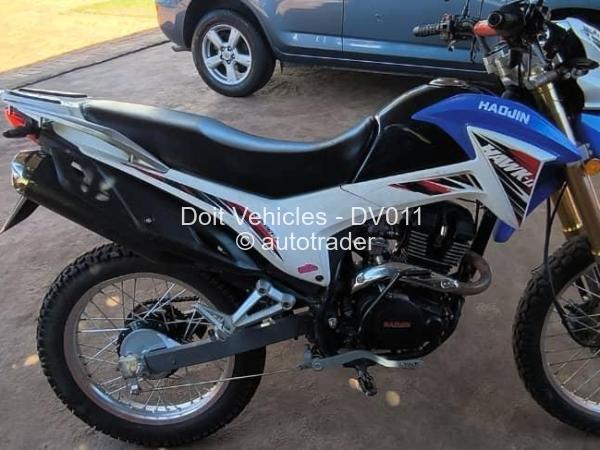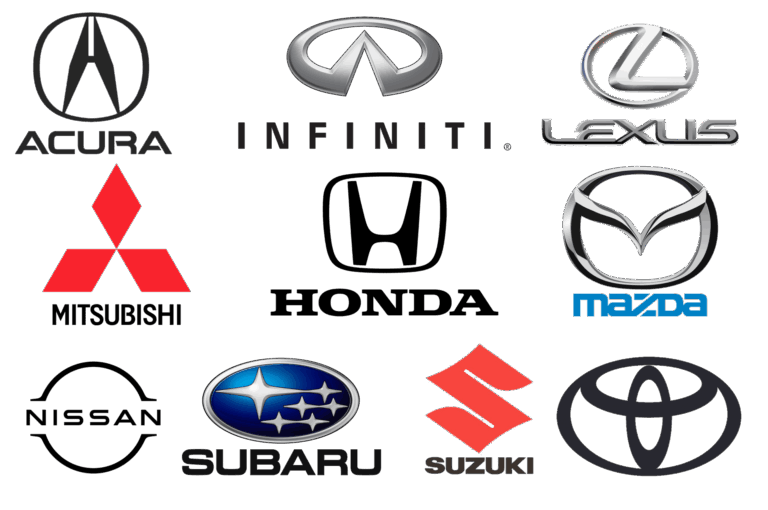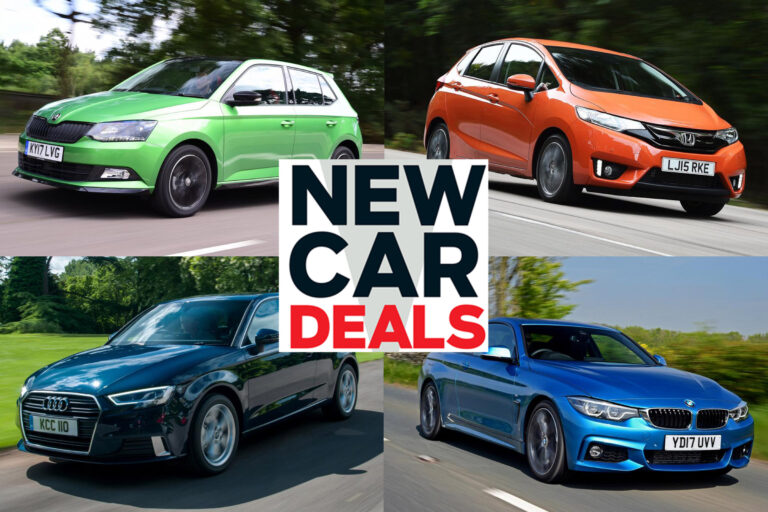Brand New Cars For Sale Under $10,000: A Comprehensive Guide to Realistic Expectations and Smart Alternatives
Brand New Cars For Sale Under $10,000: A Comprehensive Guide to Realistic Expectations and Smart Alternatives cars.truckstrend.com
The allure of a brand new car is undeniable: that fresh-from-the-factory smell, the pristine interior, the untouched odometer, and the peace of mind of a full manufacturer’s warranty. For many, the dream of owning a new vehicle is often paired with an equally compelling desire for affordability, leading to the intriguing, yet increasingly elusive, search for "brand new cars for sale under $10,000."
In today’s automotive landscape, this specific price point for a truly brand new vehicle, especially in major developed markets like North America, Europe, or Australia, has largely become a myth. Manufacturing costs, advanced safety features, technological integrations, supply chain complexities, and global inflation have pushed the entry-level price for new cars significantly higher. The days when a basic, no-frills sedan or hatchback could roll off the lot for under five figures are, regrettably, behind us.
Brand New Cars For Sale Under $10,000: A Comprehensive Guide to Realistic Expectations and Smart Alternatives
However, this doesn’t mean your dream of affordable, reliable transportation is dead. This comprehensive guide will delve into the realities of the sub-$10,000 car market, explain why brand new at this price is so rare, and, crucially, illuminate the best, most practical alternatives and strategies to secure excellent value within your budget. While a showroom-fresh model might be out of reach, a "new-to-you" vehicle offering exceptional reliability and modern conveniences is very much within the realm of possibility.
The Reality Check: Why "Brand New Under $10,000" is (Mostly) a Myth
To understand why finding a brand new car for under $10,000 is akin to finding a unicorn, it’s essential to look at the economic forces at play:
- Rising Manufacturing Costs: Producing a modern vehicle involves sophisticated robotics, high-grade materials, and complex assembly lines. These costs are continually increasing.
- Mandatory Safety Features: Governments worldwide mandate increasingly stringent safety standards. Features like multiple airbags, Anti-lock Braking Systems (ABS), Electronic Stability Control (ESC), and increasingly, advanced driver-assistance systems (ADAS) are now standard, adding significant cost to even the most basic models.
- Technological Integration: Even budget cars now come with touchscreens, Bluetooth connectivity, USB ports, and often Apple CarPlay/Android Auto. While these enhance the driving experience, they also add to the price tag.
- Supply Chain & Inflation: Global events, chip shortages, and general inflation have pushed up the cost of raw materials and components, which is then passed on to the consumer.
- Dealer Markups and Logistics: The price you pay includes transportation, dealer preparation, and the dealer’s profit margin, all of which contribute to the final MSRP.
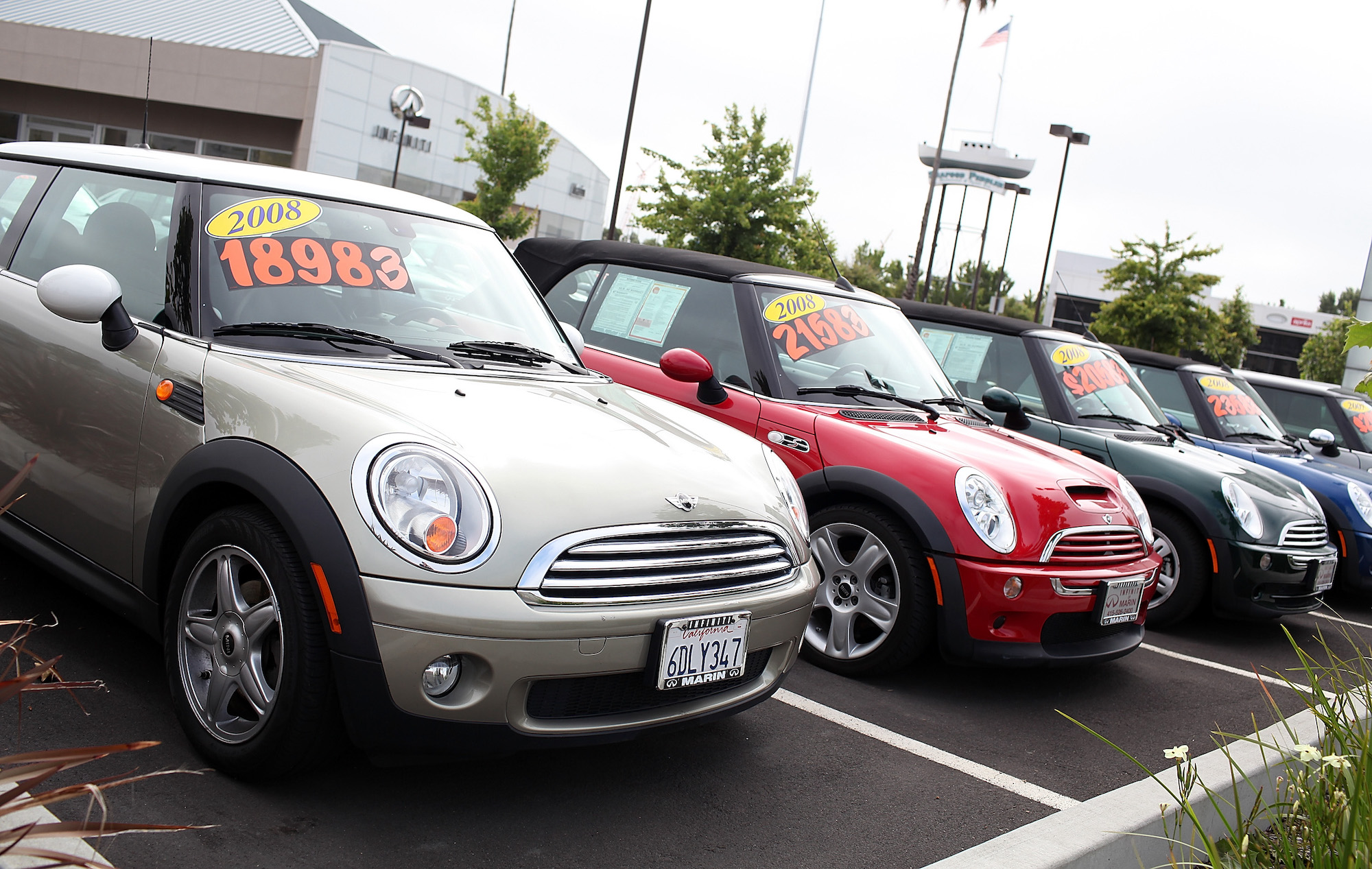
The cheapest new cars currently available in markets like the United States, such as the Mitsubishi Mirage or Nissan Versa, typically start with an MSRP in the $16,000 – $18,000 range. While aggressive discounts, incentives, or rebates might occasionally bring a stripped-down model closer to $15,000, they rarely, if ever, dip below $10,000.
Niche Exceptions and Developing Markets:
It’s worth noting that in some highly specific, emerging markets, or for extremely basic microcars (e.g., certain models from manufacturers like Tata or Bajaj in India), a brand new vehicle might technically be available for the equivalent of under $10,000. However, these vehicles typically lack standard safety features, are not designed for highway speeds, and are generally not available or legally importable into Western markets. For the purpose of this guide, we focus on options accessible to most consumers seeking conventional car ownership.
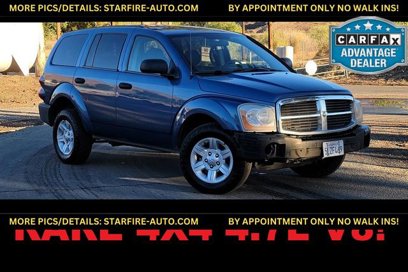
What "Under $10,000" Can Get You: Smart Alternatives
Given the reality, the smart approach is to pivot your search from "brand new" to "best value for money" within your $10,000 budget. This opens up a world of excellent options, primarily in the used car market, that offer reliability, features, and longevity far superior to any hypothetical new car at that price point.
1. Late-Model Used Cars (2-7 Years Old)
This is where your $10,000 budget truly shines. Buying a used car means letting the original owner absorb the steepest depreciation hit (new cars lose a significant portion of their value in the first few years). For under $10,000, you can find well-maintained examples of popular, reliable compact and subcompact vehicles from recent model years.
-
Benefits:
- Significant Savings: Avoids initial depreciation.
- Better Features: You can often afford a higher trim level or a slightly larger, more comfortable vehicle than if you were buying new at a higher price point.
- Proven Reliability: Many models have established track records for dependability.
- Modern Conveniences: Bluetooth, backup cameras, and power windows/locks are common.
-
Models to Target (Commonly Found Under $10,000):
- Honda Fit/Jazz: Renowned for its incredibly versatile "Magic Seats," excellent fuel economy, and Honda’s legendary reliability.
- Toyota Yaris: A no-frills, highly dependable subcompact known for its low running costs and longevity.
- Hyundai Accent / Kia Rio: These Korean siblings offer great value, often with more features for the price and decent fuel efficiency.
- Nissan Versa (older models): While the new model is above $10k, older generations are plentiful and offer basic, reliable transportation.
- Chevrolet Spark / Sonic (older models): Entry-level options that can be found cheaply, though some models may have less impressive reliability records than Japanese counterparts.
- Ford Fiesta (older models): Fun to drive and fuel-efficient, but check for specific transmission issues on automatic models.
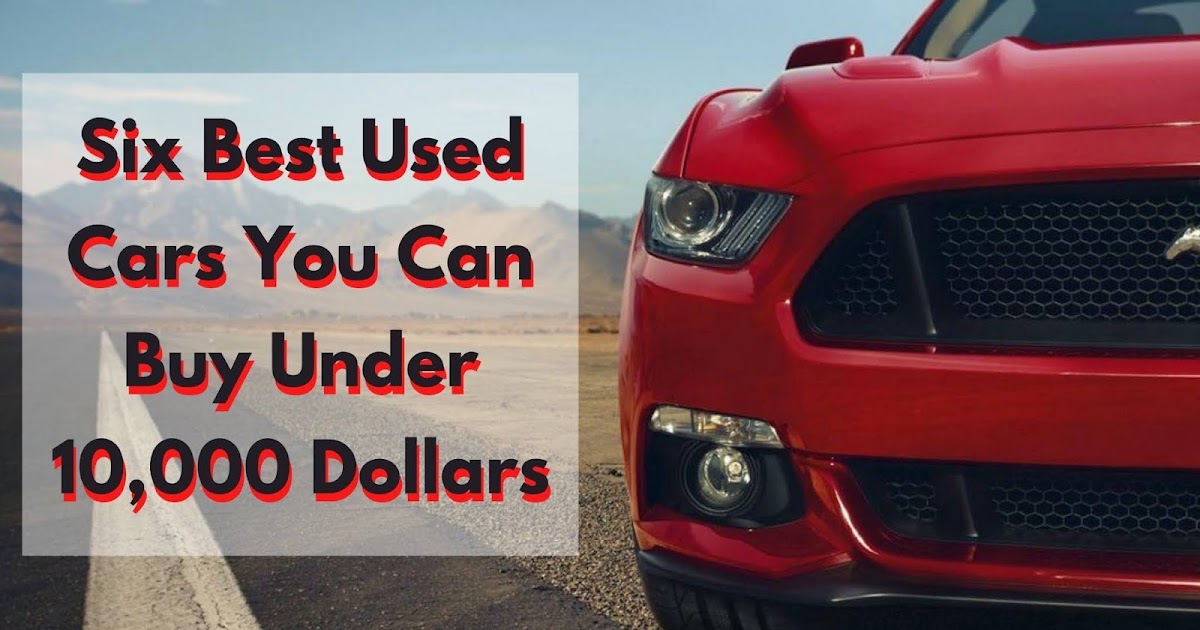
2. Certified Pre-Owned (CPO) Vehicles (Slightly Above $10,000, But Worth Considering)
While strictly under $10,000 for a CPO car might be challenging, some manufacturers offer CPO programs for older models that could approach this range. CPO vehicles are used cars that have undergone a rigorous multi-point inspection by the manufacturer or dealership, often come with an extended warranty, and may include roadside assistance.
-
Benefits:
- Peace of Mind: Thorough inspection and warranty provide a layer of security similar to a new car.
- Quality Assurance: Less risk of hidden mechanical issues.
- Financing Options: Often eligible for special financing rates.
-
Consideration: You might need to stretch your budget slightly ($11,000-$13,000) for a good CPO option, but the added warranty and assurance can make it a worthwhile investment.
Key Considerations When Buying a Car Near $10,000
When operating on a tight budget, diligence is paramount. Here’s what to prioritize:
- Pre-Purchase Inspection (PPI): This is non-negotiable for any used car. Spend $100-$200 to have an independent, trusted mechanic inspect the vehicle before you buy. They can identify existing issues or potential future problems, saving you thousands down the line.
- Vehicle History Report: Obtain a CarFax or AutoCheck report. This provides crucial information on accidents, service history, odometer discrepancies, and title issues.
- Maintenance Records: Ask the seller for full maintenance records. A well-documented history indicates a responsible previous owner and can signal the car’s overall health.
- Reliability Research: Before you even look at a car, research its make and model’s reputation for reliability, common issues, and average repair costs. Websites like Consumer Reports, J.D. Power, and forums specific to the car model are excellent resources.
- Safety Features: While modern ADAS features might be rare at this price, ensure the car has essential safety features like multiple airbags, ABS, and Electronic Stability Control (ESC).
- Running Costs: Factor in fuel efficiency, insurance premiums, and expected maintenance costs. A cheaper car to buy might be more expensive to own if it’s a gas guzzler or prone to costly repairs.
- Test Drive: Drive the car extensively on different road types (city, highway, bumps). Listen for unusual noises, check the brakes, steering, and transmission for smooth operation. Test all electronics (AC, radio, windows, locks).
- Budget Beyond the Purchase Price: Remember to account for sales tax, registration fees, title fees, and immediate insurance costs. These can add hundreds, sometimes over a thousand dollars, to your initial outlay.
Tips for Finding Your $10,000 Car
- Online Marketplaces: Websites like Autotrader, Cars.com, Kelley Blue Book (KBB.com), and Facebook Marketplace are excellent starting points. Use their filters to narrow down by price, mileage, and model year.
- Local Dealerships: Don’t just look at new car dealerships; many also have a used car lot. Smaller, independent used car dealers might also have inventory.
- Private Sellers: Often, you can get a better deal from a private seller than a dealership, as they don’t have the overhead. However, this requires more due diligence on your part.
- Be Patient and Flexible: The perfect car might not appear overnight. Be prepared to wait for the right deal and be flexible on color, minor features, or even specific model year if it means getting a better-maintained vehicle.
- Negotiate: Always negotiate the price, especially with used cars. Research comparable listings to know what a fair price is.
Achieving Value: Representative Models (Used) Often Found Under $10,000
As established, finding a brand new car under $10,000 is extremely rare. This table provides examples of used vehicles that consistently offer excellent value and reliability, commonly found within or just slightly above the $10,000 budget, depending on mileage, condition, and local market.
| Make/Model | Typical Model Years (Est. Availability) | Est. Price Range (USD) | Key Features/Benefits | Potential Downsides |
|---|---|---|---|---|
| Honda Fit / Jazz | 2008-2015 | $6,000 – $9,500 | Exceptional interior versatility (Magic Seats), excellent fuel economy, renowned reliability, fun to drive. | Basic interior materials, some road noise, older models might lack advanced tech. |
| Toyota Yaris | 2007-2016 | $5,500 – $9,000 | Legendary reliability, very low maintenance costs, great fuel efficiency, easy to park. | Basic interior, limited features, not very powerful, often lacks modern amenities. |
| Hyundai Accent | 2010-2016 | $5,000 – $8,500 | Good value for money, decent fuel economy, often more features than Japanese rivals at the same price point. | Some models may have less refined ride quality, earlier models’ reliability not as strong as Toyota/Honda. |
| Kia Rio | 2010-2016 | $5,000 – $8,500 | Similar benefits to Accent, attractive styling for the segment, often good warranty coverage (if still active/transferable). | Similar to Accent, can be a bit noisy on the highway, basic interior. |
| Nissan Versa | 2007-2015 | $4,500 – $8,000 | Very spacious for a subcompact, comfortable ride, good fuel economy (especially with CVT). | CVT transmission issues in some older models (research specific years), basic interior, unexciting to drive. |
| Chevrolet Spark | 2013-2017 | $5,500 – $9,000 | Excellent maneuverability, good city car, surprising amount of tech (e.g., touchscreen, CarPlay in later models). | Limited highway power, small cargo space, less refined ride than larger cars. |
| Ford Fiesta | 2011-2016 | $5,000 – $8,500 | Fun to drive, good handling, fuel-efficient. | Automatic transmission (PowerShift) issues common in certain years (avoid these if possible, or get manual). |
Disclaimer: Prices are estimates and vary widely based on mileage, condition, location, and market demand. Always conduct thorough research and a pre-purchase inspection.
Frequently Asked Questions (FAQ)
Q: Can I really buy a brand new car for under $10,000?
A: In most major developed countries (like the US, Canada, Europe, Australia), no. The cheapest new cars start around $16,000-$18,000. Finding one under $10,000 is virtually impossible due to manufacturing costs, safety standards, and inflation.
Q: What is the cheapest new car currently available?
A: As of late 2023/early 2024, the Mitsubishi Mirage and Nissan Versa typically hold the title of the cheapest new cars, with starting MSRPs well above $10,000.
Q: If I can’t buy new, what’s my best option for under $10,000?
A: Your best option is a well-maintained, late-model used car. Focus on reliable subcompacts and compacts (e.g., Honda Fit, Toyota Yaris, Hyundai Accent) from around 2010-2017.
Q: Is it safe to buy a used car for under $10,000?
A: Absolutely, if you do your due diligence. Get a pre-purchase inspection (PPI) by an independent mechanic, review the vehicle history report, and thoroughly test drive the car. Many reliable, safe options exist in this price range.
Q: What should I prioritize when looking at used cars under $10,000?
A: Reliability, maintenance history, and safety features (ABS, airbags, ESC). Fuel efficiency and low running costs are also important for long-term savings.
Q: Should I consider importing a cheap new car from another country?
A: Generally, no. Importing a vehicle can be incredibly complex, expensive, and often impossible to make road-legal in your home country due to differing safety and emissions standards.
Q: What about financing a car under $10,000?
A: Many lenders are less keen on financing very old or very cheap vehicles. You might face higher interest rates or require a larger down payment. Paying cash or securing a personal loan might be more viable.
Conclusion
The dream of a "brand new car for sale under $10,000" is, for most, an aspiration born of a bygone era. The economic realities of modern automotive manufacturing have pushed entry-level new car prices well beyond the five-figure mark. However, this shift in the market does not extinguish the possibility of finding an excellent, reliable, and feature-rich vehicle within a $10,000 budget.
By embracing the used car market, focusing on proven reliability, and diligently applying smart shopping strategies – including thorough inspections, history checks, and patient negotiation – you can absolutely secure a fantastic car that meets your needs without breaking the bank. The goal transitions from owning something "brand new" to owning something "new to you" that delivers exceptional value, peace of mind, and years of dependable service. With realistic expectations and a smart approach, your affordable automotive journey is ready to begin.
